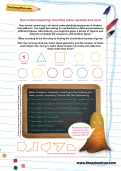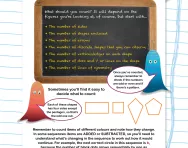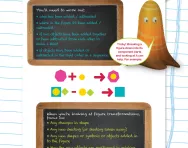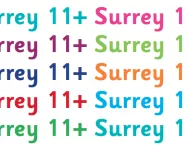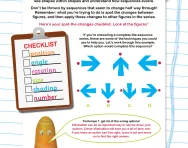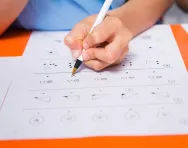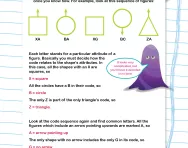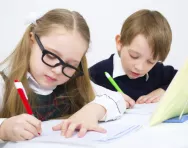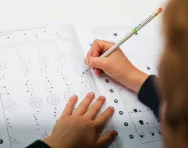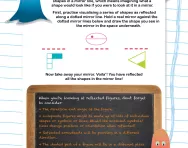Important update from TheSchoolRun
For the past 13 years, TheSchoolRun has been run by a small team of mums working from home, dedicated to providing quality educational resources to primary school parents. Unfortunately, rising supplier costs and falling revenue have made it impossible for us to continue operating, and we’ve had to make the difficult decision to close. The good news: We’ve arranged for another educational provider to take over many of our resources. These will be hosted on a new portal, where the content will be updated and expanded to support your child’s learning.
What this means for subscribers:
- Your subscription is still active, and for now, you can keep using the website as normal — just log in with your usual details to access all our articles and resources*.
- In a few months, all resources will move to the new portal. You’ll continue to have access there until your subscription ends. We’ll send you full details nearer the time.
- As a thank you for your support, we’ll also be sending you 16 primary school eBooks (worth £108.84) to download and keep.
A few changes to be aware of:
- The Learning Journey weekly email has ended, but your child’s plan will still be updated on your dashboard each Monday. Just log in to see the recommended worksheets.
- The 11+ weekly emails have now ended. We sent you all the remaining emails in the series at the end of March — please check your inbox (and spam folder) if you haven’t seen them. You can also follow the full programme here: 11+ Learning Journey.
If you have any questions, please contact us at enquiries@theschoolrun.com. Thank you for being part of our journey it’s been a privilege to support your family’s learning.
*If you need to reset your password, it will still work as usual. Please check your spam folder if the reset email doesn’t appear in your inbox.
Non-verbal reasoning: Counting sides, symbols and more
What does non-verbal reasoning mean?
Non-verbal reasoning refers to the ability to understand and analyse visual information and solve problems using visual reasoning. This type of reasoning involves recognising patterns, relationships and logical rules without relying on language-based skills.
Non-verbal reasoning tests often include tasks such as identifying the next shape in a sequence, finding the odd one out among a group of figures or matching shapes based on their similarities and differences.
What is an example of a non-verbal question in the 11 plus test?
Here is a simple example of a non-verbal question that could appear in an 11+ test:
First, your child will be given a visual image of a sequence of shapes that follows a pattern.
Your child needs to figure out what comes next.
Example of a sequence of shapes:
- An image of a circle
- An image of a square
- An image of a triangle
- An image of a circle
- An image of a square
They will then be asked a question like this: What shape comes next?
Your child will usually be given a selection of choices, such as:
a) Triangle b) Circle c) Square d) Star
Here's what your child will need to do:
- Look at the shapes in order: circle, square, triangle, circle, square.
- Notice that after the square comes a triangle, and after the triangle comes a circle.
- Notice that the sequence repeats every three shapes: circle, square, triangle.
So, the correct answer to the non-verbal question is: a) Triangle
How does this 11 plus worksheet help your child with non-verbal reasoning questions?
Your child may also need to count sides of a figure as part of their non-verbal reasoning question. In this series of exercises, created by an 11+ expert, the first two shapes are related by a specific feature they have in common. Your child will need to choose the one figure from the five choices that is most like the two figures on the left. This will help them practise non-verbal skills and build their confidence for the 11+ test.
For more help with the 11+, check out our hub page, or try another challenge such as our Non-verbal reasoning: Cryptography revision.
